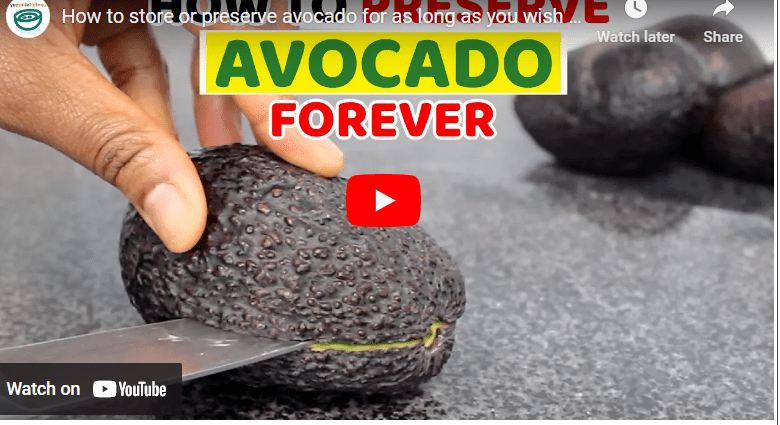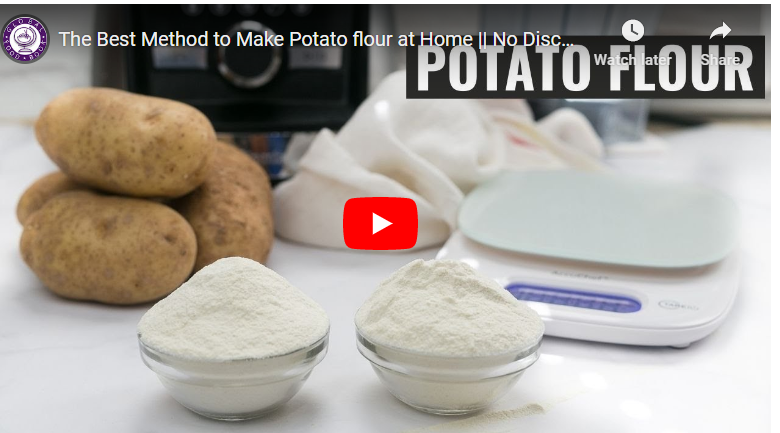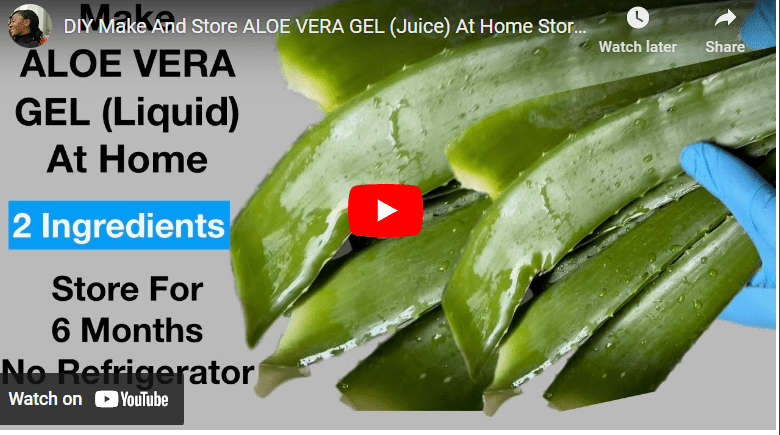If you’re looking to start snail farming in Ghana, one crucial aspect you need to consider is formulating the right feed for your snails.
Snails are herbivorous and require a balanced diet to grow and reproduce effectively. In Ghana, snail feed can be formulated using a variety of cheap and locally available feed ingredients like cassava leaves, cocoyam leaves, maize bran, and palm kernel cake.
The feed must contain essential nutrients such as protein, carbohydrates, minerals, and vitamins. It’s essential to ensure that the feed is not too wet or too dry to avoid health issues for your snails. Proper formulation of snail feed is key to the success of your snail farming venture in Ghana.
How To Formulate Feed For Snail In Ghana Step By Step Guide
Snail formulated feeds in the snail farming business refer to a combination or mixture of two or more feed ingredients at varying proportions to meet the specific nutritional requirements of a particular snail, such as growth, maintenance, or reproduction.
These feeds are formulated using locally available feed resources to minimize costs. Here is the complete step by step guide on how to formulate feed for snail in Ghana.
Read Also: [Beginners Guide] How To Formulate Feed For Snail In Nigeria
Step 1: Assess Your Snails’ Nutritional Needs
When formulating feed for your snails in Ghana, it’s essential to first assess their nutritional needs.
Snails require a balanced diet that includes protein, carbohydrates, minerals, and vitamins to support their growth and reproduction.
Knowing the nutritional requirements of your snails will help you determine the ingredients needed to formulate a complete feed.
Read Also: [Beginners Guide] How To Process Tomatoes
Step 2: Select Suitable Ingredients
Ghana has a variety of cheap and locally available feed ingredients that you can use to formulate your snail feed.
These include yellow corn, soya meal, PKC, bone meal, methionine, lysine, premix, wheat bran, limestone, cassava leaves, cocoyam leaves, maize bran, and palm kernel cake, and others.
Read Also: [Beginners Guide] How To Formulate Poultry Feed In Kenya
These ingredients provide a good source of protein, carbohydrates, and minerals.
You can also supplement these ingredients with commercial snail feed. When selecting ingredients, ensure they’re fresh, clean, and of high quality.
Also, avoid feeding your snails with toxic or poisonous plants, as these can harm or kill them.
Step 3: Obtain the Necessary Equipment
To formulate your snail feed, you’ll need equipment such as a weighing scale, mixing bowls, and a blender or grinder.
These tools will help you measure and mix the ingredients effectively. Ensure the equipment is clean and in good condition to avoid contamination of the feed.
The equipment should be of good quality, easy to use, and have a range that accommodates the amounts of ingredients you’ll be using.
Read Also: [Beginners Guide] How To Process Soyabeans
Step 4: Determine the Optimal Ingredient Ratios
After selecting suitable ingredients and obtaining the necessary equipment, it’s time to determine the optimal ratios for your snail feed.
The exact ratios will depend on the nutritional requirements of your snails, their growth stage, and the availability of ingredients.
It’s crucial to ensure that the feed contains enough protein, carbohydrates, vitamins, and minerals.
Read Also: [Beginners Guide] How to Process Millet into Flour
For example, you can use a mix of cassava leaves, maize bran, and palm kernel cake in a 3:2:1 ratio, respectively.
It’s also essential to ensure that the feed is not too wet or too dry, as this can lead to health issues for your snails.
Aim for a moisture content of 60-70% for optimal results. Mix the ingredients thoroughly, and serve the feed in small quantities to prevent wastage.
Read Also: [Beginners Guide] How To Formulate Feed For Snail In the US
Step 5: Mix the Ingredients Thoroughly
After selecting suitable ingredients, determining the optimal ratios, and obtaining the necessary equipment, the next step in formulating feed for your snails is mixing the ingredients thoroughly.
Read Also: [Beginners Guide] How To Process Palm Kernel Oil
Start by weighing out the ingredients in the right proportions using the weighing scale. Next, mix the ingredients in a large mixing bowl, ensuring that all ingredients are evenly distributed.
It’s important to mix the feed thoroughly to ensure that your snails receive a balanced diet.
Step 6: Properly Store the Feed
Proper storage is crucial in ensuring the longevity and quality of your snail feed. Store the feed in airtight containers, away from direct sunlight, moisture, and pests.
Read Also: [Beginners Guide] How To Formulate Feed For Snail
Exposure to moisture can lead to the growth of bacteria and mold, which can be harmful to your snails.
Pests such as rats and ants can also contaminate the feed, making it unfit for consumption. Label the containers with the date of production to ensure you use the feed before it expires.
Read Also: [Beginners Guide] How To Process Cashew Nuts At Home
Benefits of Formulating Snail Feed in Ghana
- Formulating your own snail feed allows you to control the quality of the ingredients and ensure that your snails receive a balanced diet.
- It can be more cost-effective than purchasing pre-made feeds.
- You can customize the feed to suit the nutritional needs of your snails and optimize their growth and reproduction.
- Formulating your own feed can lead to increased profitability in snail farming.
Cost of Formulating Snail Feed in Ghana
The cost of formulating snail feed in Ghana will depend on factors such as the cost of ingredients, the scale of production, and the cost of equipment.
Some ingredients, such as soybean meal, may be more expensive than others, such as cassava leaves.
Investing in high-quality equipment can also add to the cost of formulating snail feed.
Projected Profit of Snail Feed in Ghana
The profitability of snail feed production in Ghana will depend on factors such as the cost of production, the selling price, and the market demand.
Properly formulated snail feed can lead to increased snail growth and reproduction, which can ultimately lead to increased profitability in snail farming.
Read Also: [Beginners Guide] How To Formulate Feed For Snail South Africa
How much is Snail Feed in Ghana Sold
The cost of snail feed in Ghana will vary depending on factors such as the quality of ingredients, the market demand, and the location.
Snail feed can be sold in various quantities, from small packages to bulk orders.
It’s important to price snail feed competitively while still ensuring profitability.
Best practices of Formulating Snail Feed in Ghana
- Make use of high-quality, contaminant-free ingredients.
- Ensure that the ingredients are mixed thoroughly and in the right proportions.
- Store the feed in airtight containers away from moisture, pests, and direct sunlight.
- Gradually introduce new feed to the snails to prevent digestive issues.
Challenges Of Formulating Snail Feed in Ghana
- Sourcing high-quality ingredients can be a challenge, particularly in rural areas.
- Lack of knowledge and access to proper equipment can make formulating snail feed difficult for some farmers.
- Pests and mold can contaminate the feed if not stored properly, leading to losses in production.
Where To Sell Snail Feed in Ghana
Snail feed in Ghana can be sold to other snail farmers, animal feed stores, or at local markets.
Networking with other farmers and attending agricultural exhibitions can also help to connect with potential customers.
Online marketplaces such as Jumia and Tonaton can also be a platform to sell snail feed. Additionally, some hatcheries and feed mills may be interested in purchasing snail feed in bulk.
It’s important to identify and target potential customers, and establish relationships with them to maintain repeat business.
Word-of-mouth referrals and positive reviews can also help to expand your customer base.
Snail Feed Formulation PDF
A snail feed formulation PDF can provide farmers with information on how to formulate balanced and nutritious feed for their snails.
These resources may include information on ingredient ratios, nutritional requirements of snails, and how to mix and store the feed.
Some snail feed formulation PDFs may be available for free online, while others may need to be purchased or obtained through agricultural organizations.
Snail Fattening Feed
Snail fattening feed is formulated to promote the rapid growth and weight gain of snails.
These feeds may contain higher levels of protein and energy than regular snail feed, as well as other supplements like vitamins and minerals.
Snail fattening feed may be more expensive to produce than regular feed, but it can result in increased profits for farmers who sell their snails by weight.
How to Feed a Snail in an Aquarium
Snails in an aquarium can be fed a variety of foods, including algae wafers, fish food, vegetables like lettuce and spinach, and commercial snail feed.
It’s important to provide a variety of foods to ensure that the snail receives a balanced diet.
Snails may also consume algae and other debris in the aquarium, but supplemental feeding is still necessary.
Can Snails Eat Chicken Feed
Snails can consume some types of chicken feed, but it may not be a balanced diet for them.
Chicken feed is typically high in protein and may contain other ingredients that are not suitable for snails.
It’s best to feed snails a specially formulated snail feed or a combination of fresh vegetables and fruits.
How to Make Snail Shell Powder:
Snail shell powder can be used as a calcium supplement for snails.
To make snail shell powder, the shells should be cleaned and dried, then ground into a fine powder.
The powder can then be added to the snail feed or sprinkled directly onto the soil in the snail enclosure.
How to Make Calcium for Snails:
In addition to snail shell powder, farmers can provide calcium to snails by offering cuttlebone or crushed eggshells.
Cuttlebone can be found in pet stores and is a good source of calcium for snails.
Crushed eggshells can be boiled and ground into a powder to provide calcium to snails.
Can Snails Eat Garri:
Garri, a staple food in West Africa, is made from cassava and is a good source of carbohydrates for snails.
However, it’s important to ensure that the garri is free from additives and preservatives that may be harmful to snails.
Garri should be fed in moderation, as snails require a balanced diet of protein, carbohydrates, and other nutrients.
To Prepare Feed Formulation for Snail with Moringa Guide:
Moringa leaves are a good source of protein and other nutrients for snails.
To prepare a feed formulation for snails with moringa, farmers can incorporate dried and ground moringa leaves into their snail feed.
It’s important to ensure that the moringa leaves are clean and free from contaminants before use.
Conclusion
Formulating the right feed for your snails in Ghana is crucial for their growth and reproduction. With the right balance of local feed ingredients, essential nutrients, and proper moisture levels, you can ensure the health and success of your snail farming venture. Keep in mind that snails require a specific diet, so be sure to do your research and consult with experts in the field to develop the best feed for your snails.



